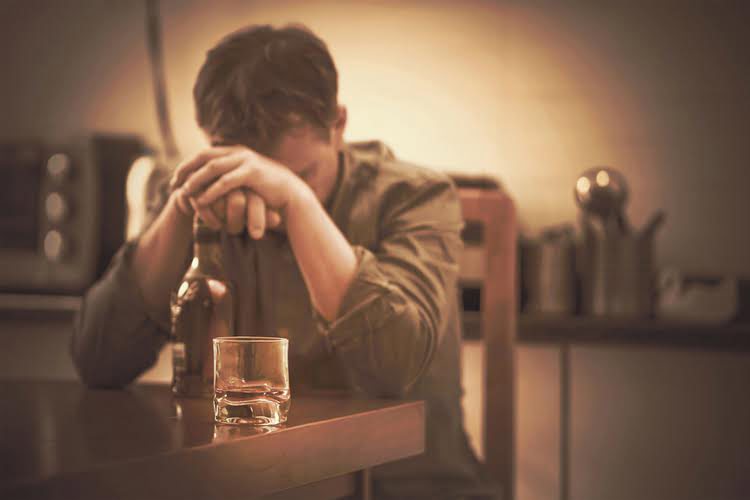You might be wondering how the rehab process works and what you can expect as the process unfolds. This article offers insights into the heroin rehabilitation process, from the initial Substance abuse detox to the building of a lasting support system for lifelong sobriety. People who misuse opiates usually encounter it through a legitimate medical prescription or in social circles.
What strategies aid in preventing relapse?
Admitting you need help and taking steps to manage your opioid addiction is never easy, but it is the only way to turn your life around for the better. Whether you were prescribed opioids to relieve pain and it has escalated or you began using opioids recreationally, it is vital to know the signs of opioid addiction and get help as soon as possible. Addiction is a progressive condition and without the right treatment, it could spiral out of control very quickly. Families and loved ones of people who are abusing opioidswill tend to see that their loved ones start to focus elsewhere — often on figuring out ways to obtain more of the drug they’re abusing. This process tends to lead the individual to become even more disconnected from their previous life. Besides neglecting school, work, and family commitments, people may start to neglect their physical appearance as well.
- Some other signs of opiate use may include constipation and slower reaction times or movements.
- In many cases, people may use Suboxone (or misuse it, if that is defined as using it illegally) to help themselves manage their withdrawal, or even to get themselves off heroin or fentanyl.
- Watching television or movies is a good choice, especially since you probably won’t be feeling well physically for at least a few days.
- Addiction to opioid painkillers is the biggest risk factor for heroin addiction.
- The effect at delta and kappa receptors is likely too weak to contribute to its treatment effectiveness.
How to Help Someone Going Through Opiate Withdrawal
- However, some people experience weeks or months of withdrawal symptoms, known as post-acute withdrawal syndrome (PAWS).
- Let us know how we can help you achieve your goals, and we will be happy to create a plan with you.
- Experiencing these signs and symptoms does not translate to opiate addiction.
- Opioid addiction, also known as opioid use disorder (OUD), is a chronic and relapsing disease that can affect anyone.
- In general, you can expect to take medication that eases your craving for opioids.
Using it for a short period and under medical supervision and guidance reduces the risk of opioid use disorder. At Clean Recovery Centers, we focus on a whole-person approach that includes medical treatments as well as counseling. We believe that to feel your best, you must treat both the body and the mind.

Physical dependence
In the weeks following the initial detox phase, the focus shifts to the continued tapering of opioids and managing any residual symptoms. This is a critical time for you to engage in therapy and support groups to address the underlying issues related to addiction. As the body begins to adjust to the absence of opioids, the intensity of withdrawal symptoms typically starts to decrease.
What is Methadone?

With the right treatment and support, you can regain control of your life. If the individual isn’t properly prepared for the challenging days and weeks opiate recovery ahead, the physical discomfort and pain can be so severe that they may consider using opiates again. This is so why many people with substance use disorders will seek out professional treatments in specialty clinics or hospitals that are able to provide them with specific medications to ease the pain. They often turn to supplements and vitamins to help with withdrawal symptoms.

You may feel tempted to start using your drug of choice again to make the discomfort stop. Opioid dependence is a complex medical condition that demands more than a standard, one-size-fits-all approach. It requires a deeply personalized, medically guided strategy that prioritizes safety, efficacy, and patient dignity.
